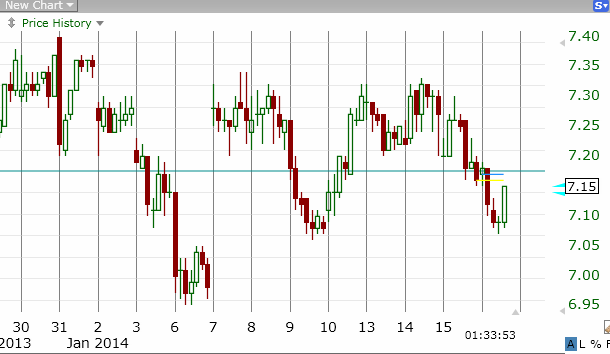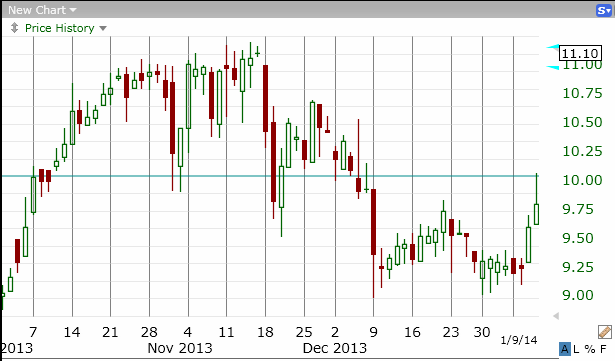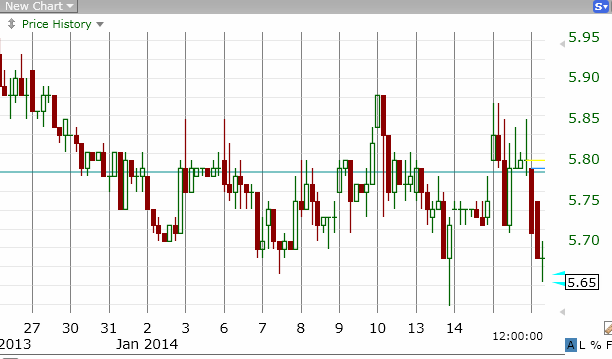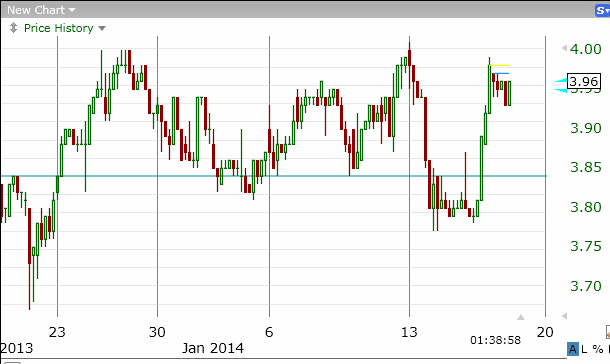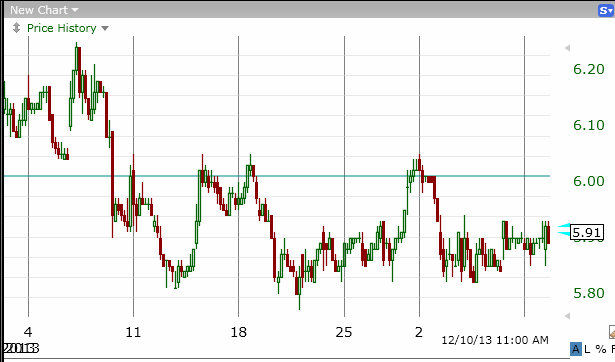Use this link – Learn with our products . You will find an 8 lesson course to teach you our protocol in selecting stocks.
ROLLING STOCK RULES:
1. Define an exit before ever going in. We need an exit strategy in place on both the upside and the downside.
-
If a stock is moving up and performing well, we may decide to cancel a sell order and hold the stock as it moves up beyond its resistance level.
-
If a stock has moved up but appears to be losing momentum before our reaching our sell point, we may choose to sell early to lock in our profits and put our money into another investment with better profit potential.
-
Rolling stocks are bought knowing they will go back down. Therefore, our first task will always be to sell the stock before it goes back down. By establishing our exit, we’ve made it clear the reason we bought the stock was to sell it for a profit.
-
On the down side, put a stop-loss below where you bought in. William J. O’Neal, founder of the Investment Business Daily, uses 8% as his stop-loss on all his investments. He says very simply his risk is always limited at 8%. Find a level you are comfortable with. Another approach is to set the stop at a level that will limit losses to half what you expect to gain on the roll.
-
When the stock is on its way down to the support level, don’t buy until after it has touched that support level, reversed the trend and has begun its ascent back to resistance. Avoid the practice of putting in a GTC to buy as the stock is on the way down. (I’ve watched too many rollers just keep on going down after buying at my predetermined buy point)
-
Use the Stochastics to confirm or guide you to buy and sell signals on good rollers. They are of limited value with growth stocks.
-
Don’t get greedy, don’t wait for that possible higher point to sell. “Bulls get fed, and bears get fed, but hogs get slaughtered.”
-
Don’t buy stocks with less than $100M capitalization. (This is again a personal thing. There is just less risk with the larger company)
-
Be wary of stocks that trade with meager volume levels. Never buy more than 10% of the average daily volume to maintain an easy exit. That is, if the daily volume is 30,000, don’t buy more than 3,000 shares.
-
Try a few rolling plays on bankrupt companies, those in Chapter 11 reorganization; a) they have already taken their hits, they are already very low, b) they can’t go bankrupt, c) they are very news driven, news issue that have nothing to do with the value of the stock, which adds volatility to the stock price during the chapter 11.
-
With rolling stocks it is important to measure the time from the buy to the sell with the focus on how fast can you get the stock sold.
-
Moving averages are of limited value when working with rolling stocks.
-
Confirm the value of a rolling stock with fundamental and technical analysis before jumping in. Don’t buy just because it’s low-priced and appears to be down. Make sure it has started rolling up before you buy.
Gregory Witt, “Rolling Stocks,” Lighthouse Publishing, says he finds fewer than 2% of all stocks are rollers. They aren’t easy to find. Excerpts:
-
“Most good rolling stocks settle into a rolling pattern as a result of a decline from a higher trading range. In fact, over 85% of rolling stocks in the $10 range traded higher in the six months preceding the rolling pattern. This is a powerful signal to help you spot an emerging roller.”
-
“When a stock has completed its rolling pattern it tends to move up to a higher trading range.”
-
“Rolling stocks are a breed of their own.“
-
“At any given time, I am tracking over 100 rolling stocks. I recently checked earnings on each of the stocks I currently track and found that only two of the 107 stocks currently on my watch list have positive earnings. I have come to accept the fact that rolling stocks are a breed of their own. They often defy the rationality of fundamentals and the all-important focus on earnings found in the rest of the market. All I can say is, if you want to make money in rolling stocks, get used to it.”

